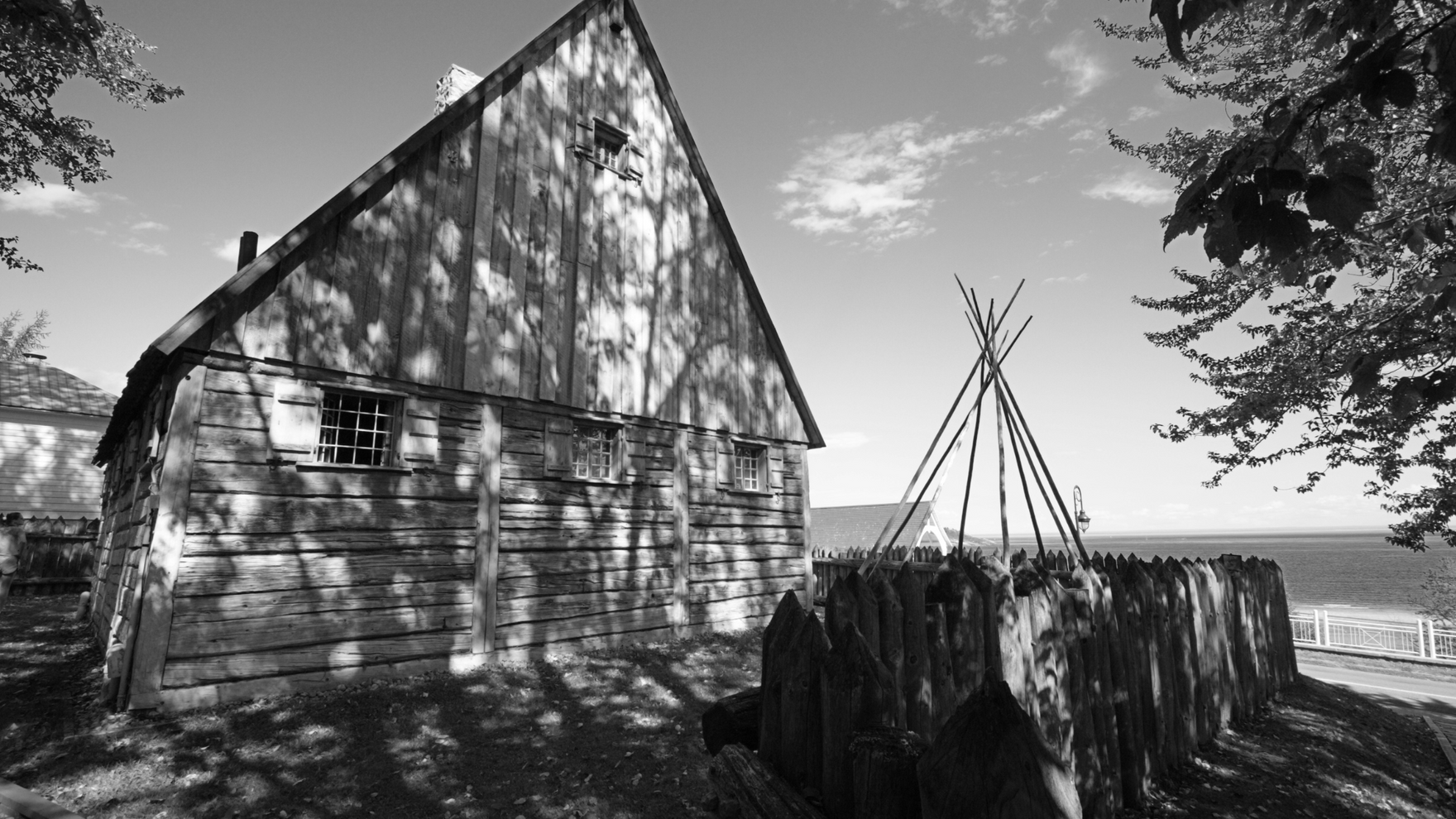History often tells us about the dominant and colonized cultures of the past, but what about the mixture of cultures that occurred through simple practices like marriage? In North America, indigenous women and European fur traders were united in a type of union that was special and both beautiful to see. Marriage à la façon du pays, based on indigenous and European customs, served as the foundation for an entire fur trade society starting from the 1600s till the end of the 1800s when it eventually fell out of use. In this blog post, we will be exploring Marriage à la façon du pays, along with how it came to be, how it worked, and most importantly, why it still has cultural and historical significance to this day.
The basis of the Marriage à la façon du pays practice started during the height of the North American fur trade when survival and trade depended on the cooperation of the trade posts and the surrounding Indigenous communities. These relationships and marriages were a way to establish trust and maintain trading alliances. The practice was often informal, with no legal or religious implications, making it much different from European marriages. In many cases, these marriages did not have any witnesses, formal unions or any concrete agreements that bind these two individuals together.

The rituals surrounding this practice were a mix of Indigenous and European customs. The fur traders themselves often dressed in Indigenous garbs such as moccasin boots and jackets made of animal hide, while the Indigenous women wore European clothing like dresses. The exchange of gifts was another important ritual, a common one being the blanket ceremony where the groom wrapped his bride with a blanket as a way to represent care and protection. The marriage was also often marked by a feast, traditional dancing, and music.
Challenges that came with this type of marriage were mainly due to the increasing pressure of the Catholic church and the growing population of non-Indigenous women. The church had an issue as they wanted each of these marriages to be conducted under their watch so that they could witness the ceremony, have it witnessed, and was done publicly. Couples in the Marriage à la façon du pays often married in their own terms outside the Catholic Church, which made it difficult for the church to regulate these marriages. With the increasing number of non-Indigenous women joining the fur trading society, the Marriage à la façon du pays slowly lost its place in society.
In conclusion, the North American fur trade era had a profound impact on the Indigenous communities and the European Fur Traders. Marriage à la façon du pays showcases the unique union that fostered a sustainable trade partnership and centuries-long cultural exchange by highlighting the role that individual relationships played in sustaining this society. Although the practice fell out of use, Marriage à la façon du pays remains an essential aspect of North American history and a reminder of the cultural and historical exchange that took place during the fur trade era, showcasing the importance of an open and inclusive society.

